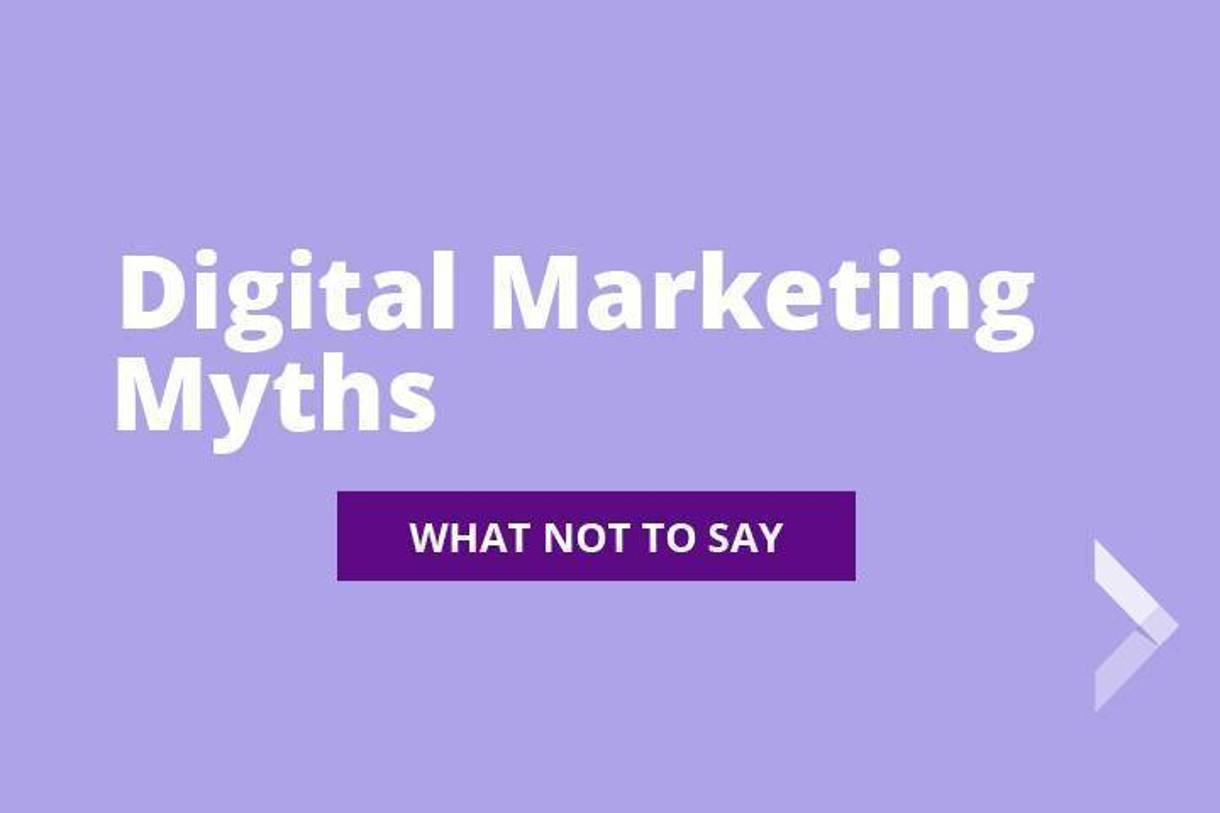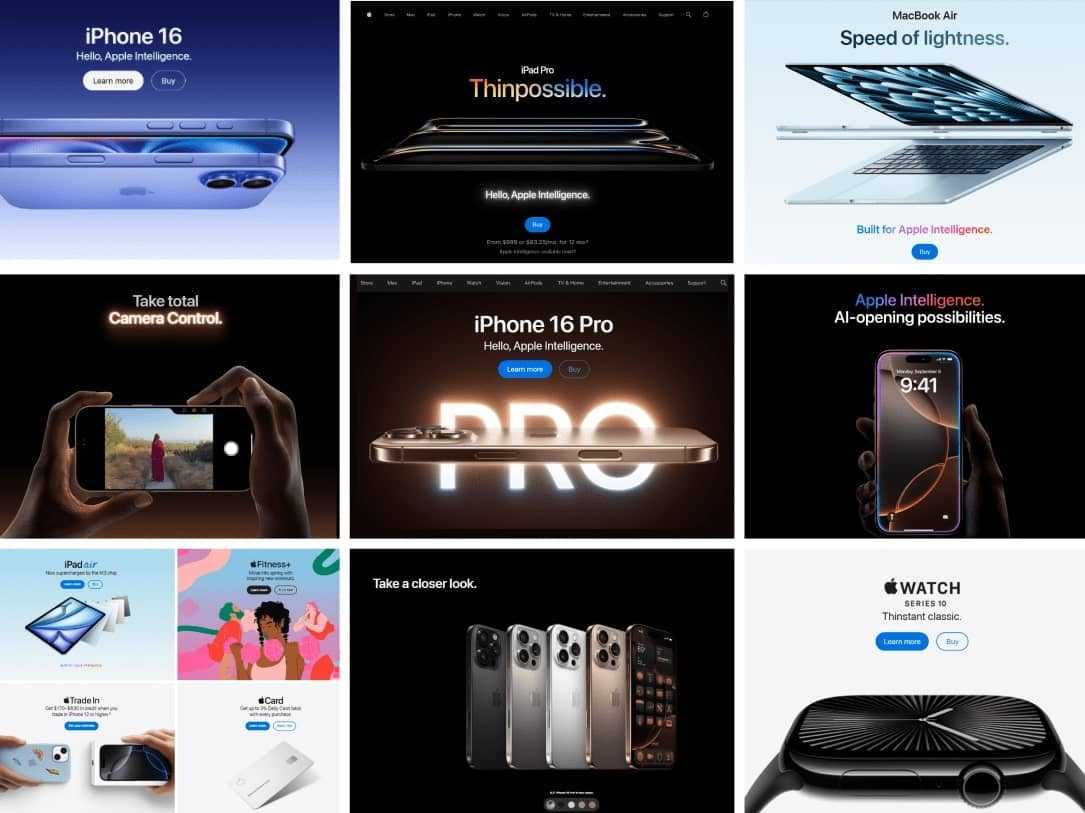

8 Digital Marketing Myths

As the digital marketing space changes and matures, certain expectations and tactics that were once popular no longer hold merit. Some elements in digital marketing will never change; strategy, KPIs, and testing will always be important. But many activities grow in and out of style, effectiveness, and budget appropriateness. We’ve collected some sentences we hope to never hear from digital experts in 2017:
“How can we make this content go viral?”
Viral content was the focus of most every digital marketer...in 2007. Your goal for web content should never be “virality.” You should establish clear metrics and goals for your marketing campaigns and constantly measure their success. However, as you strategize your definition of success, you should be considering what your goals are for the initiative. Are you trying to reach a certain demographic or business vertical? Are you trying to generate leads or online sales? Set KPIs that make sense for your unique business goals.
“Nobody reads email anymore.”
Email remains one of the low-hanging fruits in digital marketing. Not only are email open rates remaining steady, but automation is allowing for email marketing to cater to individual readers in unique ways. Email marketing is a great way to segment, lead score, and remarket to your customers. Because email isn’t controlled by a single company, sending an email is inexpensive and cost effective. If you think the days of email are over, think again.
“SEO is dead.”
SEO is changing, but it is certainly not dead. 90% of online purchase decisions still involve searching and brands that invest heavily in organic SEO continue to see strong ROI. Although certain SEO strategies are dead (black-hat techniques like paying for links and spamming blogs now hurt you instead of helping you), SEOs continue to innovate and refine their craft. SEO has now moved outside of the traditional “Google and Bing” mindset as other search engines like Facebook, Amazon, and home AI devices grow in popularity.
“Let’s add a QR code!”
People once thought QR codes - those square barcodes local businesses put on their flyers -- were the next wave in digital marketing. But they never caught on. They were designed to reduce the time it took a user to navigate to a site, theoretically cutting out the time to type in a query in Google on your phone. However, QR code readers were never integrated into mobile phone software and required a separate downloaded app. Their real demise? Voice assistants like Siri and Cortana that made navigating to websites even easier.
“Let’s post it everywhere.”
When you get a good piece of press, you might be tempted to immediately run and share it in every channel available--email, facebook, twitter, pinterest, instagram, your blog, your press room, etc. Although there are times when content should be cross-promoted, sophisticated marketing programs have channel-specific strategies. The type of content you post on pinterest probably isn’t the same as what you post on LinkedIn. At the very least, your messaging should change. Facebook and twitter messaging should be concise, whereas you can be a little more descriptive on LinkedIn.
“They’ll come to us.”
An effectively-designed website or strong content will not magically attract visitors. Lead generation and inbound marketing requires actively targeting users. Whether you are targeting searcher intent through organic SEO, targeted specific demographics with social ads, or engaging in influencer marketing, you should be planning out how to bring people to your site or service.
“We’re targeting everyone in the U.S.”
Although lofty goals are never a bad idea, failing to understand your audience is likely to lead to failed digital marketing plans. You should know your audience, and cater your entire digital strategy--website, content, and inbound marketing--to best meet that audience’s needs. It’s okay to shoot for additional audiences that you aren’t currently reaching, but you should always be strategic in how you approach it. Different audiences may expect different digital experiences.
“It’s all about pageviews.”
With the influx of marketing data, the goals and metrics you measure can be very sophisticated. Viewing the success of a piece of content on your website based on pageviews alone can be dangerous. Pageviews are an important metric, but should be looked at alongside on-page metrics like bounce rate, time spent on website, and (perhaps most importantly) conversion. Additionally, pageview metrics can be misleading because the upper boundary is essentially limitless. If you want your content to have a lot of pageviews, set some realistic benchmarks based on competitors, industry standards, or your own historical data.




